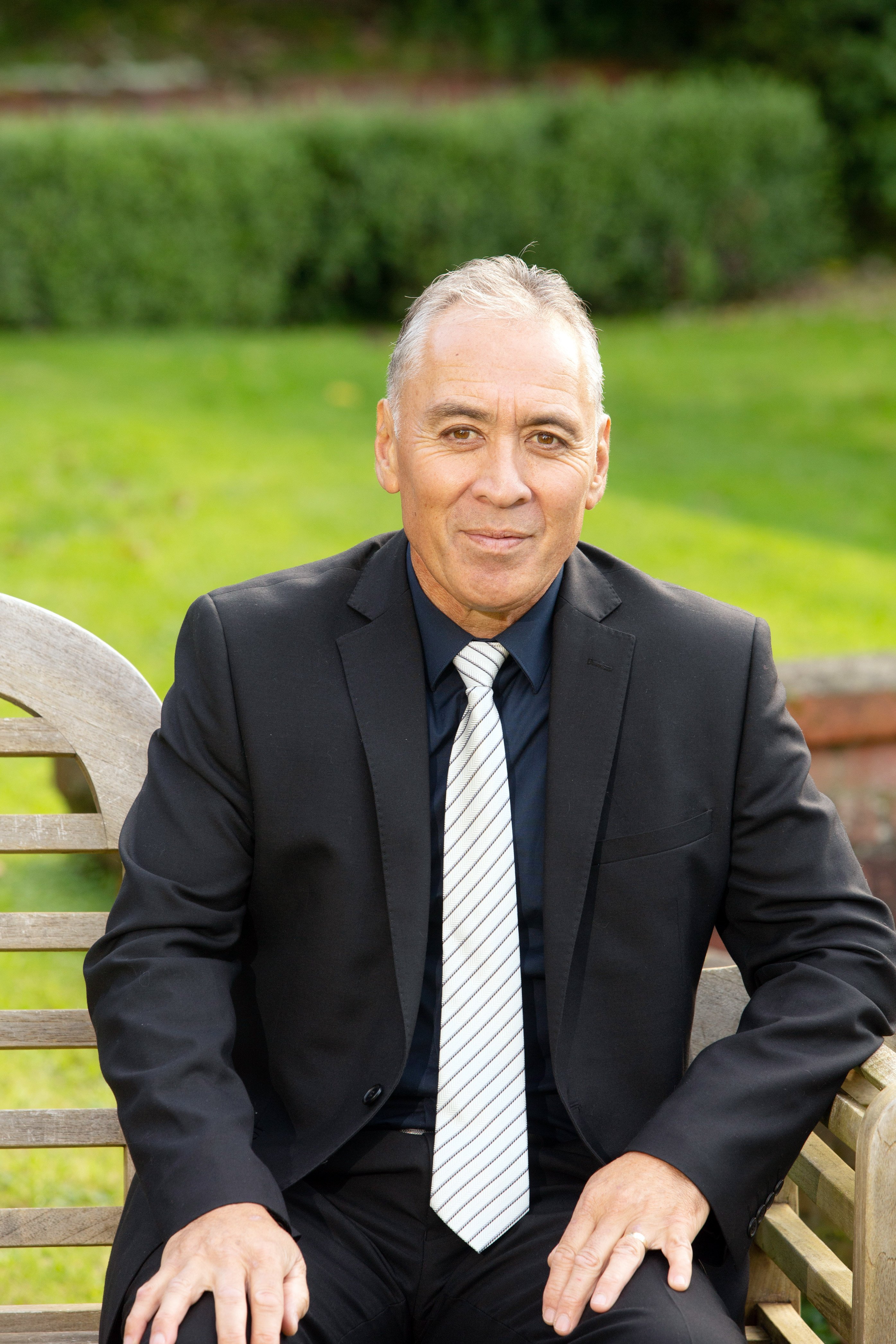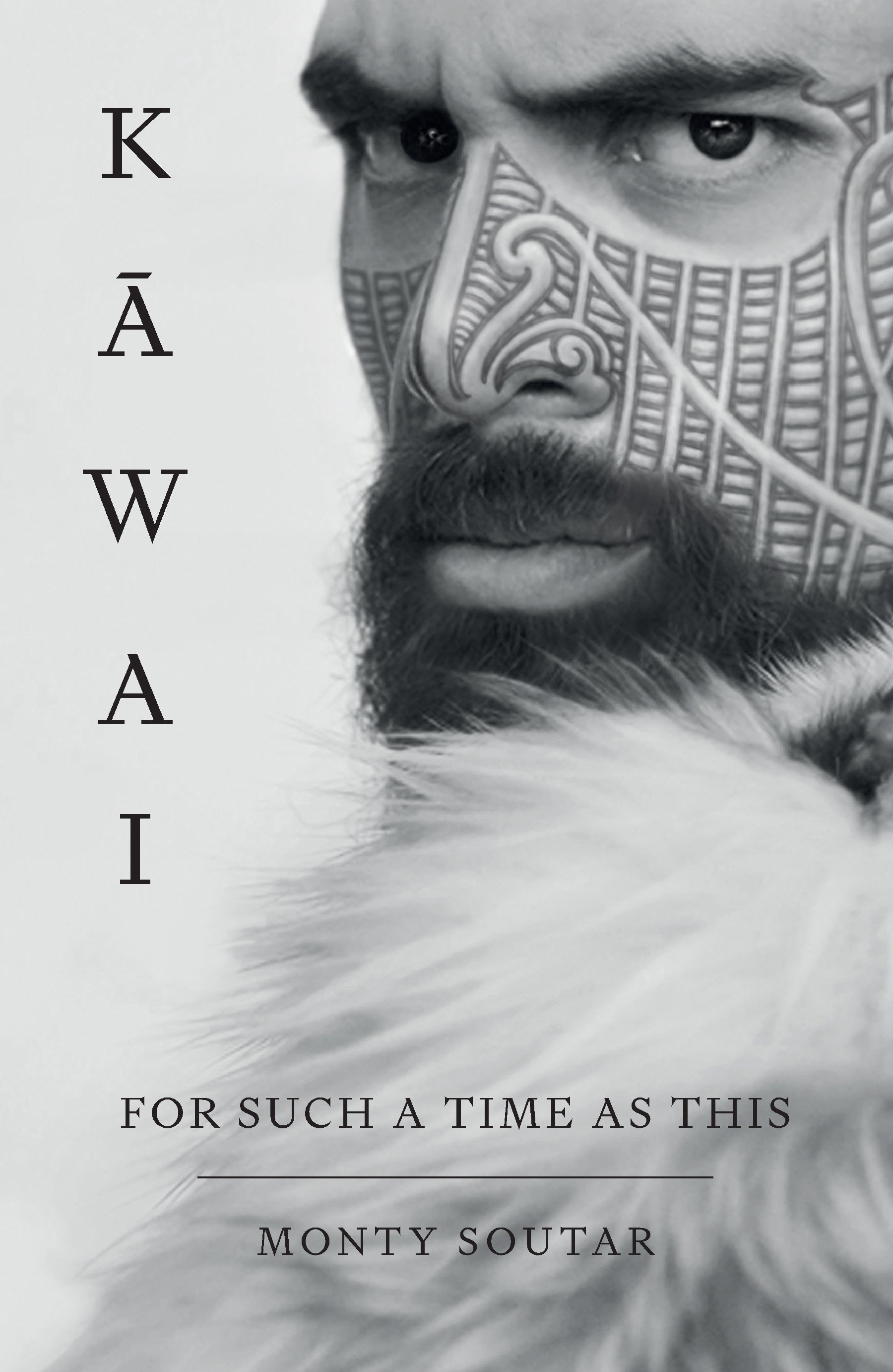
He might look relaxed, but respected historian Dr Monty Soutar, ONZM, has taken the gamble of his life, sacrificing job and home to write his first novel as a deliberate act of nation building.
It is a risk-filled, portentous venture befitting Dr Soutar’s tīpuna, Kaitanga, the flawed hero of his dramatic story.
"I wrote this book ... [as] the result of an epiphany I had while overseas, in 2019," Dr Soutar says.
"Everyone has something to do in this life. I believe part of my mission is to write the Kawai series."
Kāwai: For such a time as this has been described by Academy of New Zealand Literature founder, Paula Morris, MNZM, as "a vivid exploration of war and peace in the old world".
"The novel is a sharp-eyed, page-turning account of the everyday and the epic in te ao Māori. In Soutar’s hands, the past feels close enough to touch," novelist Morris says of the book that has topped sales charts in New Zealand since its release in mid-September.
Kāwai tells the story of Kaitanga (Kai) who was born in the 1740s on the East Coast of Te Ika-a-Māui, the North Island. The eldest son of ariki Tawae, Kai is consecrated at birth to avenge the killing and eating of his grandfather and other warriors.
In crafting the storyline, Dr Soutar, who is Ngāti Porou, Ngati Awa, Ngāi Tai ki Tāmaki and Ngāti Kahungunu, drew on his own family’s oral traditions, of which he was made a custodian, as well as other pre-European histories gifted to him during years working for the Māori Land Court.
Although set in Te Ika-a-Māui, and three centuries ago, the tale has relevance for the whole of Aotearoa in the 21st century, Dr Soutar says during a visit South.
"I know the history down here [in Te Waipounamu, the South Island] is different. But in a sense, it’s the same; we all ate our enemies, we all lived in the same style ... in terms of protecting resources, living off the sea, the environment, looking after it.
"Utu ran strong in everybody’s tribe and family. Life was arbitrary. You had to be careful with your words, because they could cost you your life.
"It’s giving people a window into the past that they’ve not had access to before."

Dr Soutar was raised in a large family in predominantly Māori communities on the East Cape and in the Bay of Plenty. He experienced racism for the first time when the family spent a year in Palmerston North, before he transferred to Māori boarding school Hato Paora, in Feilding.
In the mid-1980s, after two year’s teaching in a Ruatoria primary school, Dr Soutar started working for the Māori Land Court, researching and creating Māori history resources for schools.
"I would go out on the land because I had to find the pā sites they were talking about.
"I had to go see the old people who knew. And we’d go out on horseback around Mount Hikurangi.
"So, all the places I describe [in the book] — I was shown them and we rode through them or camped at them. They’re real places even though I’ve coded the names."
Dr Soutar spent some time in the New Zealand Army, where he met his wife, but was then offered a job by Sir Mason Durie, as a lecturer at Massey University.
After a decade, he left and spent two years writing Ngā Tama Toa, a history of 28th (Maori) Battalion C Company’s exploits during World War 2.
The next decade was spent as director of the Gisborne Museum, chief executive of Te Rūnanga o Ngāti Porou and working for the Ministry of Culture and Heritage on the history of Maori involvement in World War 1.
It was during a holiday in France after the publication of Whitiki! Whiti! Whiti! E!: Maori In the First World War that Dr Soutar felt called to write a series of novels examining the role of colonisation in shaping Aotearoa New Zealand.
"Actually, in this epiphany, I was told three things. Leave your job ... sell your house ... and write these books.
"It’s a brave man that follows this lead, but then convinces his wife to follow as well. So, all credit to her."
Kāwai reads like it is written by an experienced novelist, a fact Dr Soutar puts down to determination to learn the craft.
"The first draft I gave my Bateman editor, she said I was writing just like a historian. She basically made me start again and work through about 80,000 words, which was a bit of a knock.
"But, I was committed. Come hell or high water, I was going to write this thing and get it right. "
The switch to fiction was made to reach a wider audience, particularly his children’s generation.
"I’m thinking of the whole generation of New Zealanders — Māori, Pākehā, any New Zealander — this is their history too. They need to have access to it. And it needs to be made easier for them."
The first novel takes readers to a point — seven years after British explorer James Cook’s first encounters with M1aori — where Kai is fighting for his life against relatives seeking utu.
"They had no way of stopping the generational ... balancing of the books.
"So I think, if people have read the first book and then we introduce colonisation, settlers and the missionaries, they’ve got a much better understanding of the Māori world and what it was up against."
We cannot move forward as a nation until we know where we have come from, Dr Soutar concludes.
"For me, this novel is my takoha. Takoha is your gift to the nation to make it a better place.
"If I in some way achieve that, I can go to my grave smiling, knowing that when I meet those old people again they will say, ‘Well done’."
THE BOOK
Kawai: For such a time as this, by Monty Soutar
Published by Bateman Books, September 2022
RRP $39.99.











